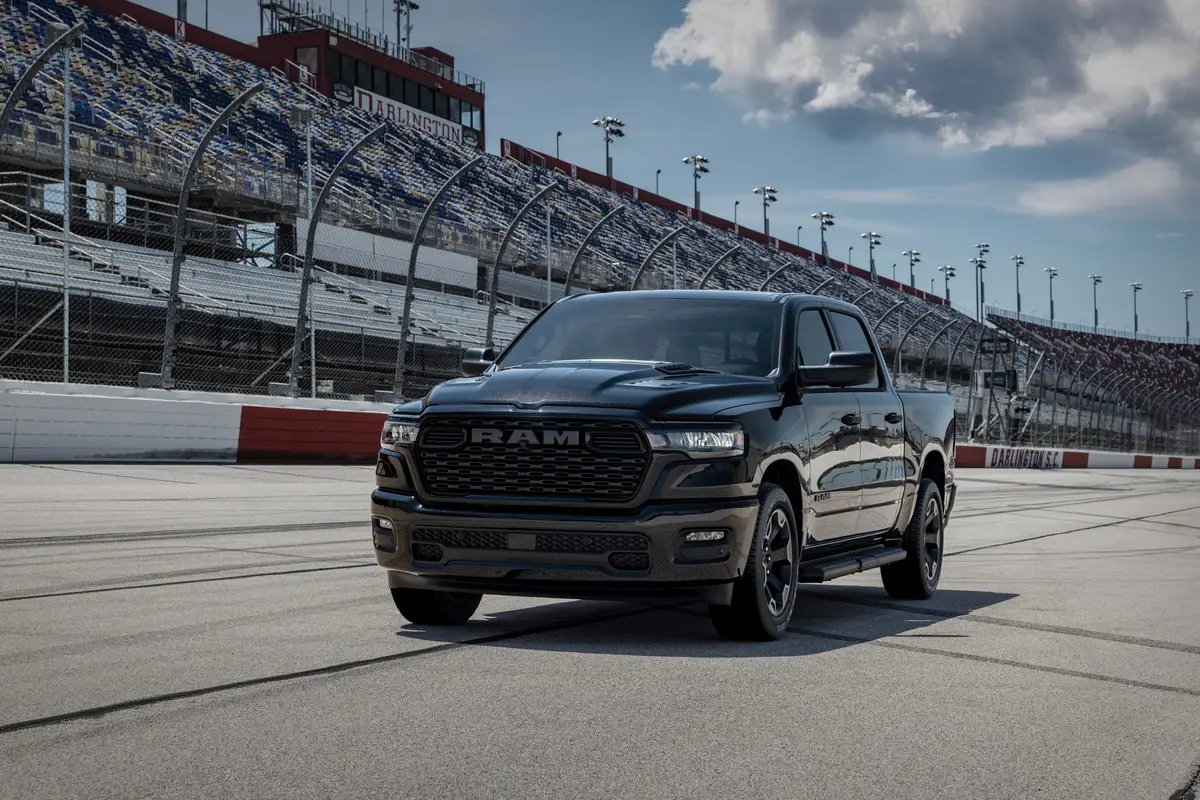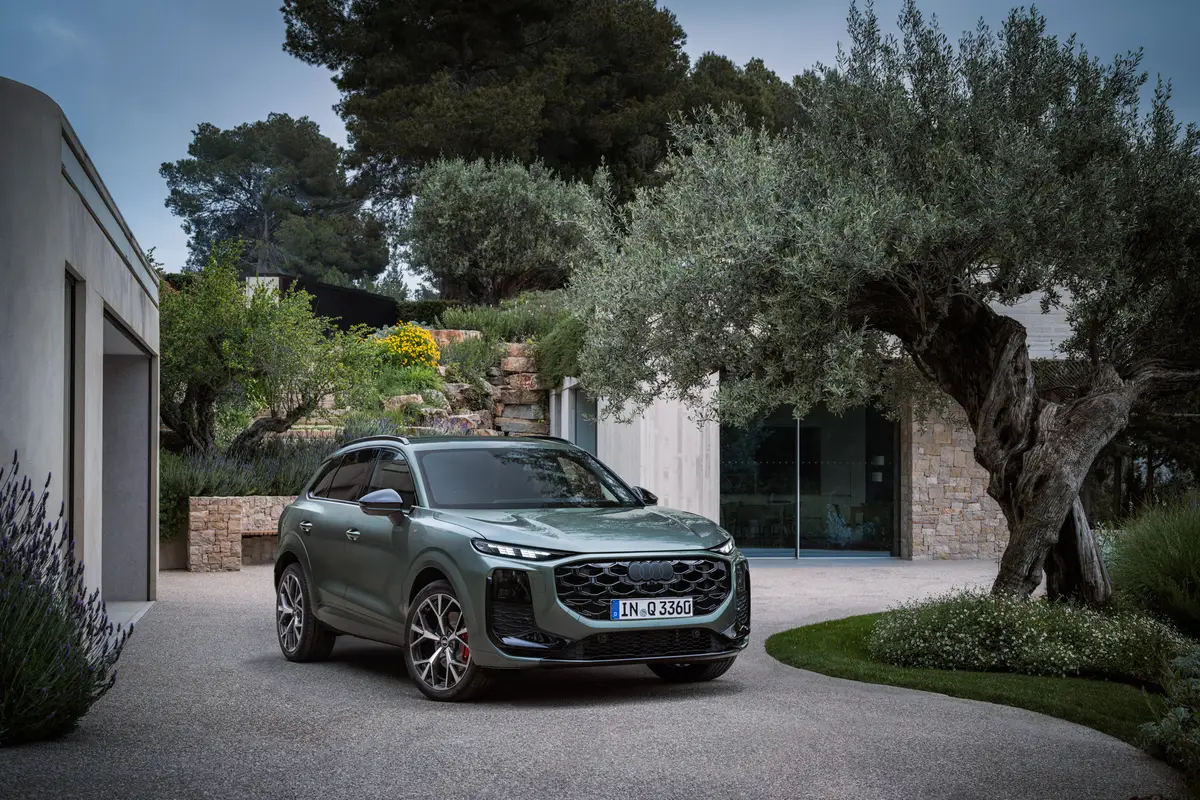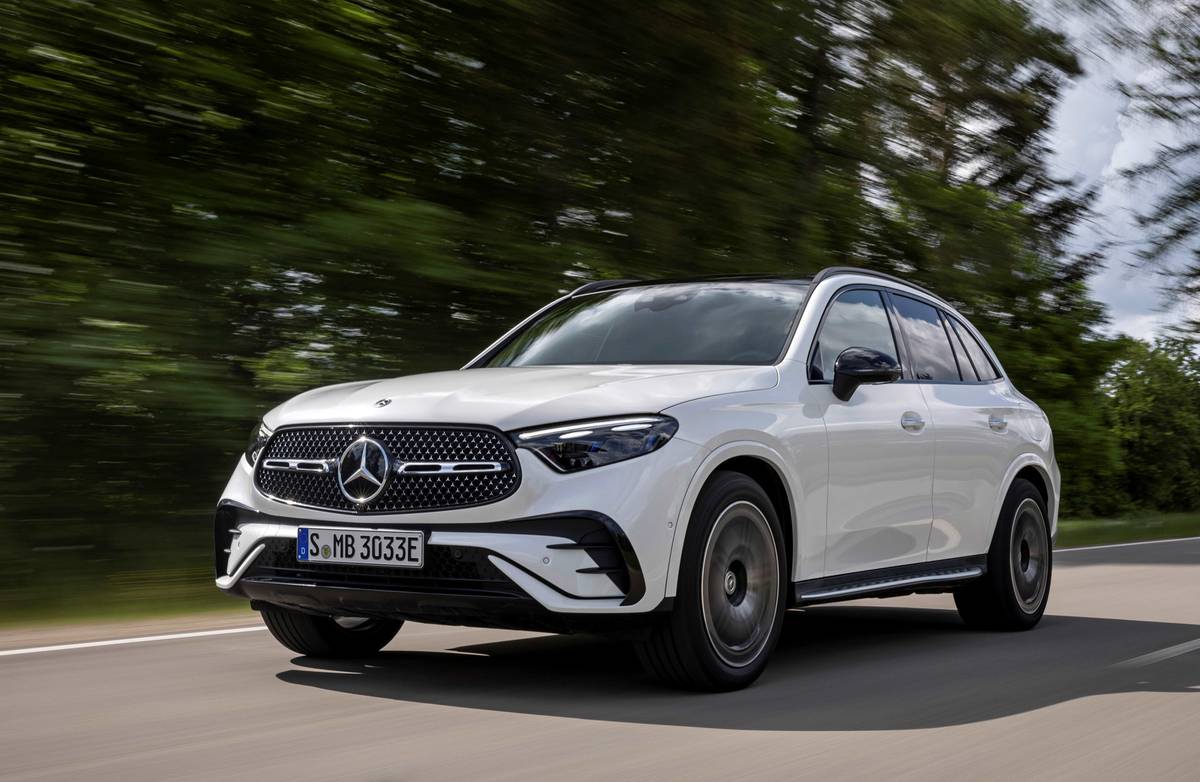Orlando Sentinel's view
I received a frantic call from Suzuki’s U.S. headquarters in California after I test-drove a 1993 Suzuki Sidekick four-door last year.
Suzuki’s public relations personnel were in a damage-control mode because the vehicle I tested and wrote about was falling apart.
I reported that numerous interior panels were loose. And the gas-cap door refused to open, leaving me stranded at the gas pump with a mob of fuming motorists queued up behind me.
Suzuki officials said my 1993 test vehicle did not fairly reflect the Sidekick’s quality, and they wanted to know if I would give it another chance.
I agreed. I know that the vehicles placed in an automaker’s test fleet can take tremendous abuse at the hands of overzealous auto writers.
In any case, after driving a 1994 Sidekick, I believe Suzuki is right. This week’s test Sidekick – though still a long way from perfect – was in far better condition than last year’s vehicle.
Curiously, the gas-cap door on this week’s vehicle still did not open when I pulled the release lever under the driver’s seat. I finally pried it open with a key.
The 1994 Sidekick was not a factory-fresh tester, nor was it given any special treatment. It had more than 3,000 miles on the odometer. The Orlando Sentinel was its last stop before being retired from Suzuki’s test fleet.
Now that that baggage has been unloaded, here is the bottom line: The Sidekick is a decent value. And it can be a to-drive city vehicle if you get it equipped the right way.
PERFORMANCE
Our test Sidekick came outfitted with a five-speed manual transmission. I am convinced this is the way to go if you buy this vehicle.
I found during last year’s test drive that the optional automatic transmission drains too much power from the Sidekick’s 1.6-liter, 16-valve engine. That can make acceleration sluggish and passing slower traffic nearly impossible.
With only 95 horsepower available, thefive-speed does a better job of getting power to the wheels than does the optional four-speed automatic. In most instances, you will not have to alter your driving habits to conform to the vehicle’s lack of power. But you need to be aware of the Sidekick’s capabilities when, say, merging into traffic on an interstate.
The clutch pedal moves smoothly and easily; so does the shifter. Our test vehicle was outfitted with four-wheel drive, but I did not test it off-road.
On a long highway trip, the Sidekick logged 30 mpg with the air conditioner running.
HANDLING
Generally, the Sidekick is a competent and stable four-wheel-drive vehicle when used normally in city driving.
But I discovered two conditions where the Sidekick does not perform well.
First, it can become momentarily difficult to handle if a tractor-trailer truck passes it on an interstate at a high speed – say, 65 mph. The gust of air generated by the truck can easily knock the lightweight Sidekick into t he next lane or onto the shoulder of the road if the driver is caught unawares.
Also, because the Sidekick’s soft suspension system lets it lean considerably in corners, sharp turns must be approached with extreme caution. And sporting maneuvers are strictly verboten.
Perhaps a firmer suspension system would give the Sidekick a more inspiring ride.
As it is, the suspension is soft, but it does do a reasonable job of absorbing bumps.
The power-assisted steering is not all crisp or noteworthy for its responsiveness. But it is adequate. So are the brakes. They get the job done, but nothing more.
FIT AND FINISH
Except for the gas-cap door that would not open, this week’s test vehicle seemed screwed together tightly.
But I did have a problem with the layout of the interior. Looking out through the rearview mirror revealed nothing less than a visual obstacle course. The two rear-seat headrests and the spare tire – mounted on the swing-out r ar door- obstruct your vision. However, two large door-mounted mirrors help the driver see what is behind him as well as what is to the side.
Several of the dash and stalk-mounted switches were difficult to reach. The cruise control master switch, for instance, was located on the dash behind the steering wheel. To operate the switch, I had to reach between the steering wheel and the dash. It was a pretty tight squeeze.
But the cloth-covered bucket seats were comfortable. The rear seats fold forward and provide enough interior room to allow you to carry a full-size bicycle with the rear door closed.
The air conditioner worked well, but the radio seemed cheap. The sound distorted as I raised the volume.
The Sidekick is the lowest-priced, four-door sport-utility you can buy. It gets good fuel mileage, and I feel that it offers reasonable quality.
And with a stick shift, the Sidekick is peppy, almost enjoyable to drive.
Truett’s tip: If you can live without a lot of power, the Sidekick four-door can be a useful city vehicle.
Latest news



